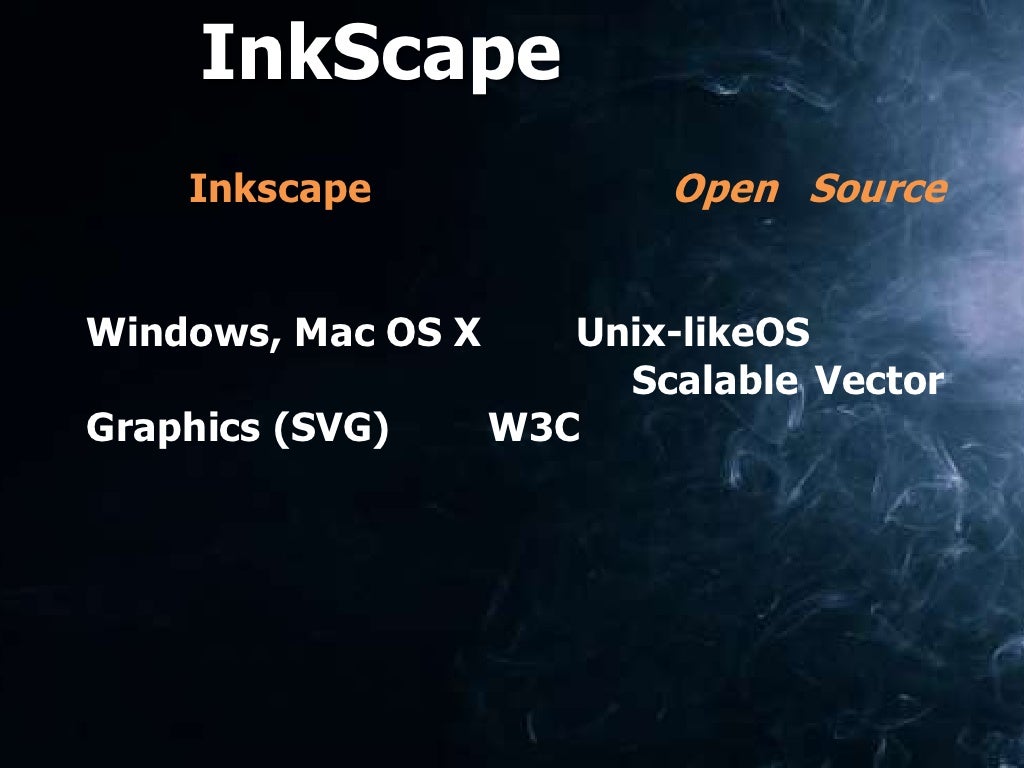



In the following example, the green circle has a full area, but the black stroke does not. So the fix for this is to simply ungroup your text object.Ĭertain path functions (like union) only work on objects that have a fill area. The reason for this is because when you convert a text object to a path, the result is a grouping of individual letters, and as I’ve outlined above, path functions do not work on groups of objects. However, if you have converted your text object to a path then the path functions will not work. You can also grab the Text Tool and see if it’s still editable. You can determine if it’s still a text object by referencing the little node in the bottom-left corner of the object.


 0 kommentar(er)
0 kommentar(er)
